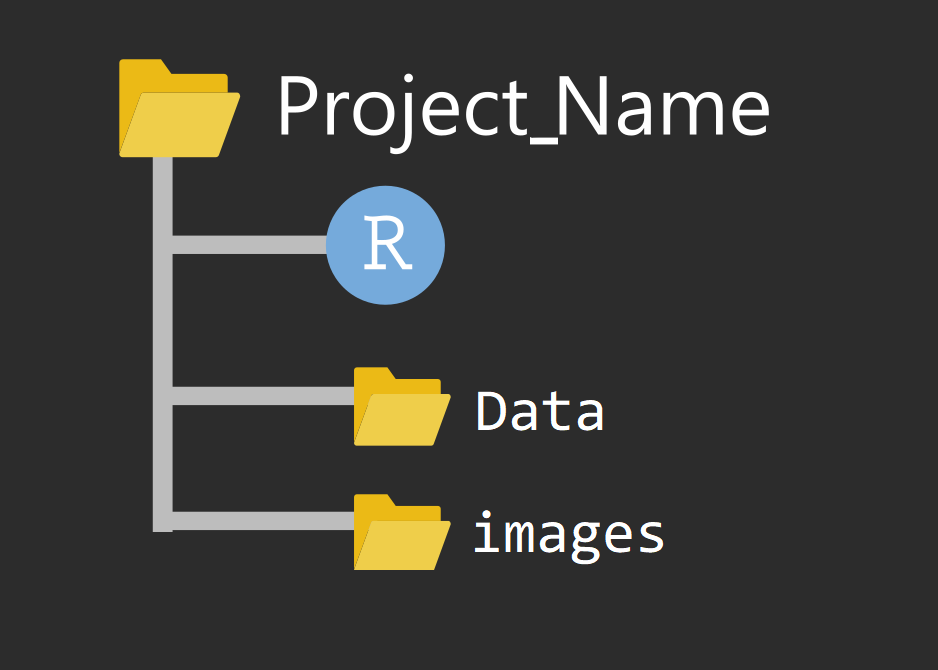第 11 章 读取数据
在学习R语言过程中,除了使用内置的数据集外,我们更多的需要导入外部数据, 比如实验观察数据、社会调研的数据等等。 在讲如何读取数据到 R之前,先介绍下数据科学中的项目管理。
11.1 数据科学中的文件管理
把项目所需的文件(代码、数据、图片等),放在一个文件夹里
11.2 读取文件
事实上,R语言提供了很多读取数据的函数。下表列出了常见文件格式的读取方法
| 文件格式 | R 函数 |
|---|---|
| .txt | read.table() |
| .csv |
read.csv() and readr::read_csv()
|
| .xls and .xlsx |
readxl::read_excel() and openxlsx::read.xlsx()
|
| .sav(SPSS files) |
haven::read_sav() and foreign::read.spss()
|
| .Rdata or rda | load() |
| .rds |
readRDS() and readr::read_rds()
|
| .dta |
haven::read_dta() and haven::read_stata()
|
| .sas7bdat(SAS files) | haven::read_sas() |
| Internet | download.file() |
11.3 文件路径
在读取文件时,路径的写法有如下方式(以图像文件”a.jpg”为例)
如果以当前项目文件为中心,图片在当前目录,它的路径 “./a.jpg”
如果以当前项目文件为中心,图片在下一层目录的images文件夹 “./images/a.jpg”
如果以当前项目文件为中心,图片在上一层目录下,它的路径 “../a.jpg”
如果以当前项目文件为中心,图片在上一层目录的images文件夹,它的路径 “../images/a.jpg”
从根目录出发,访问D盘的images文件”b.jpg”图片,它的路径 “D:/images/b.jpg”
11.4 here 宏包
推荐使用强大的here宏包,here()会告诉我们当前所在的目录
here::here()## [1] "F:/CEPS/R_for_Data_Science"以及指向某个文件的路径信息
here::here("demo_data", "kidiq.RDS")## [1] "F:/CEPS/R_for_Data_Science/demo_data/kidiq.RDS"这样就会很方便的读取文件
here宏包的好处还在于,在不同的电脑和文件结构下,代码都能运行,尤其当与合作者共同完成一个项目时,这个方法非常有用。
11.5 范例
d <- read.table(file= "./data/txt_file.txt", header = TRUE)
d <- read.table(here::here("data", "txt_file.txt"), header = TRUE)
library(readr)
d <- read_csv(file = "./data/csv_file.csv")
d <- read_csv(here::here("data", "csv_file.csv")) csv = “comma-separated values”
url <- "https://raw.githubusercontent.com/perlatex/R_for_Data_Science/master/demo_data/wages.csv"
d <- read_csv(url)
library(readxl)
d <- read_excel("./data/vowel_data.xlsx")
d <- read_excel(here::here("data", "vowel_data.xlsx")) 